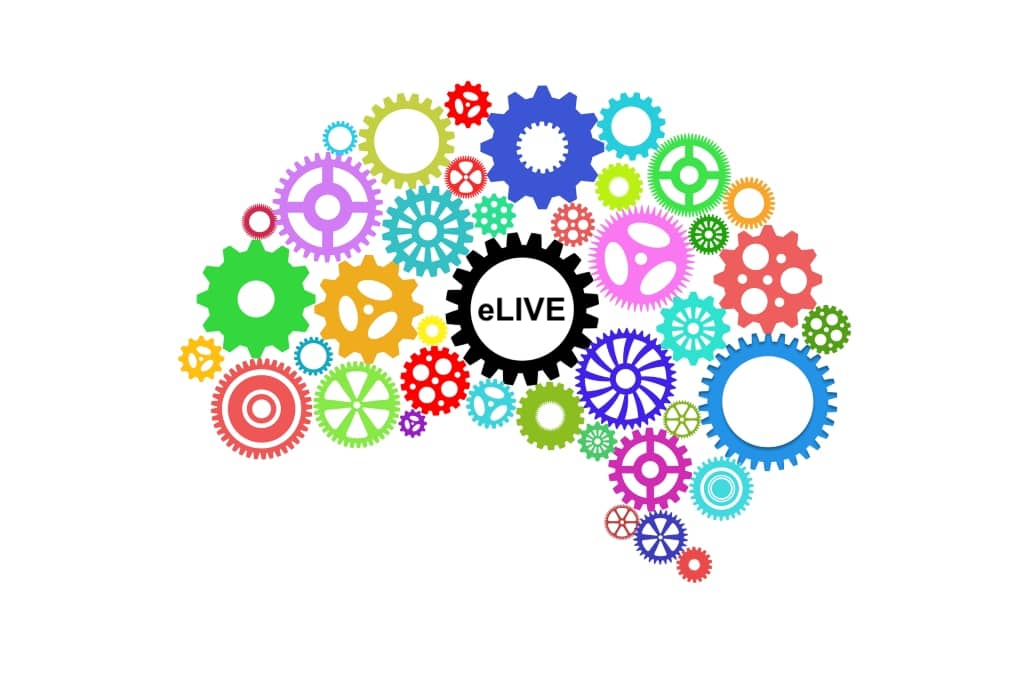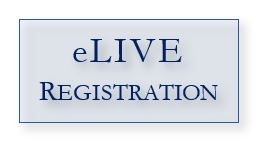Engaged Learning Integrated Virtually Everywhere (eLIVE)

eLIVE is a professional development program for faculty interested in transforming content and instruction using research-based engaged learning strategies to improve student learning.
One of UMass Chan’s Impact 2025 strategic goals in Education is to invest in next generational pedagogy and educators. Engaged or active learning is a key pillar of this goal with the eLIVE program offering targeted support for faculty.
Program Goals
UMass Chan Medical School is committed to shift 80% of instruction to integrate student-centered, engaged, and active learning with only 20% remaining as purely didactic learning. The eLIVE program is designed to systematically prepare faculty to further integrate engaged learning methods across the curriculum and successfully communicate their expectations to students of increased participation requirements in an engaged learning environment.
Format and Description
The eLIVE program is approximately 5 hours and uses a flipped classroom model. The ILMs aim to equip faculty members with the knowledge and tools needed to create a more engaging and effective learning environment for their students. The facilitated sessions C and D provide participants with the opportunity to begin the process of integrating active learning techniques into their content. Session E provides faculty, who have implemented active learning techniques, a chance to reflect on the impact of their redesigned content on student learning and experiences, followed by sharing their insights and experiences with faculty who are still in the planning or design phase.
Engaged Learning ILM Topics
Engaged Learning, Part I focuses on faculty members' role in supporting engaged learning and helping students in their learning journey. Additionally, the ILM provides guidance on writing robust learning objectives that align with engaged learning practices, as well as addresses the considerations and potential challenges of integrating engaged learning into the curriculum.
- What is Engaged Learning?
- Benefits of Engaged Learning
- Faculty Roles in Engaged Learning
- Developing Robust Learning Objectives
Engaged Learning, Part II provides information about engaged learning strategies, techniques, and their implementation. An implementation checklist also is provided to guide faculty members through the integration process to facilitate success.
- Engaged Learning Strategies and Techniques
- Engaged Learning in UMass Chan Medical School Classrooms
- Barriers and Challenges to Engaged Learning
- Checklist for Integrating Engaged Learning
Facilitated Sessions
If you're interested in a consultation or training on any of the below topics, please contact academicinstructionaldesignandtechnology@umassmed.edu.
Utilizing Groups to Promote Learning
This session is designed to equip participants with the skills and techniques to facilitate productive and engaging discussions in small and large group settings. The highlights of this session are:
-
- Key elements of small group and large group discussions
- Technological integration for practical group discussions
- Demonstration of some examples via sample questions and case studies
This session aims to help participants identify ways to ask open-ended questions that encourage critical thinking and deeper engagement via small and large group discussions.
Gamification
This session will focus on gamification in engaged learning strategies such as role-playing, Jeopardy, and an escape room. We will discuss key elements of gamification in classroom activity and the technology available to facilitate these teaching techniques. Also, we will provide some examples showing how games are used in medical education.
Enhancing Learning through Reflection and Feedback
In this session, we will review engaged learning techniques involving reflection and feedback as well as the technology available to facilitate these teaching techniques. Some examples of reflection and feedback include minute paper, peer review, brainstorming, and pause for reflection.
We will explore the use of Blackboard, TopHat, and the physical spaces in the ITLC to support each of these techniques. Finally, we will explore a few sample lesson plans to help you implement reflection and feedback in your lessons.
Case-based Learning and Experiential Learning
Case-based learning and experiential learning are great ways to help students develop their problem-solving skills and are therefore widely used in medical education.
In this session, we will talk about how cases can be used in the classroom to help medical students better understand the content and learn how to apply the knowledge in practice. We will also discuss experiential learning and how it can be utilized to purposefully engage students in direct experience, hands-on activities, and focused reflection.
Top Hat Polling
Learn to create engaging and interactive sessions powered by Top Hat polling.
- Transform traditional lectures into dynamic conversations between faculty and students.
- Bring a new level of interactivity to in-person, online, and flex classrooms, enabling real-time feedback, fostering discussions, and gauging collective understanding.
- Create a vibrant and inclusive educational environment by collectively elevating student learning.
- Gather learning analytics to improve the teaching and learning experience.
Creating Interactive Videos to Support Engaged Learning
Learn to create interactive videos by combining the features of Zoom and Echo360 platforms to enhance teaching and learning. This hands-on training is for the faculty and staff interested in developing comprehensive, engaging, and interactive video content that meets the diverse needs of learners. This session highlights:
- Lecture capture
- Video interactions
- Annotation tools
- Discussion threads
- Interactive whiteboards
- Post-production editing
- Assessment and feedback
- Analytics review
Utilizing Blackboard to Engage Student
Blackboard offers a variety of features that faculty can use to engage students in the online learning environment. Learn how to use Blackboard features, including:
- Using discussion boards to encourage interaction and collaboration among students.
- Utilizing features like thread organization and replies.
- Implementing group discussions for collaborative learning.
- Incorporating reflective thinking through individual or group journals.
- Using journals as a tool for self-assessment and improvement.
Audience
The primary audience for this program is faculty. Classroom technology assistants (CTAs) and Educational Program Specialists (EPSs) are welcome to use the ILMs and attend Session E.
Instructional Design Support
IT Academic Technology instructional designers provide the following services and support:
- Pre/post classroom observations and feedback
- Training, consultations, and support for use of relevant technology in the classroom
- Development of activities in PowerPoint, Top Hat, Echo 360, ExamSoft, and Blackboard
- Independent Learning Modules (ILMs) and other asynchronous online materials to support flipped classroom models
- EHR Classroom case creation
- QR codes for surveys, reflections, self-assessments, and evaluations
- Gamification of content
JAN 18 2024 | cjb

